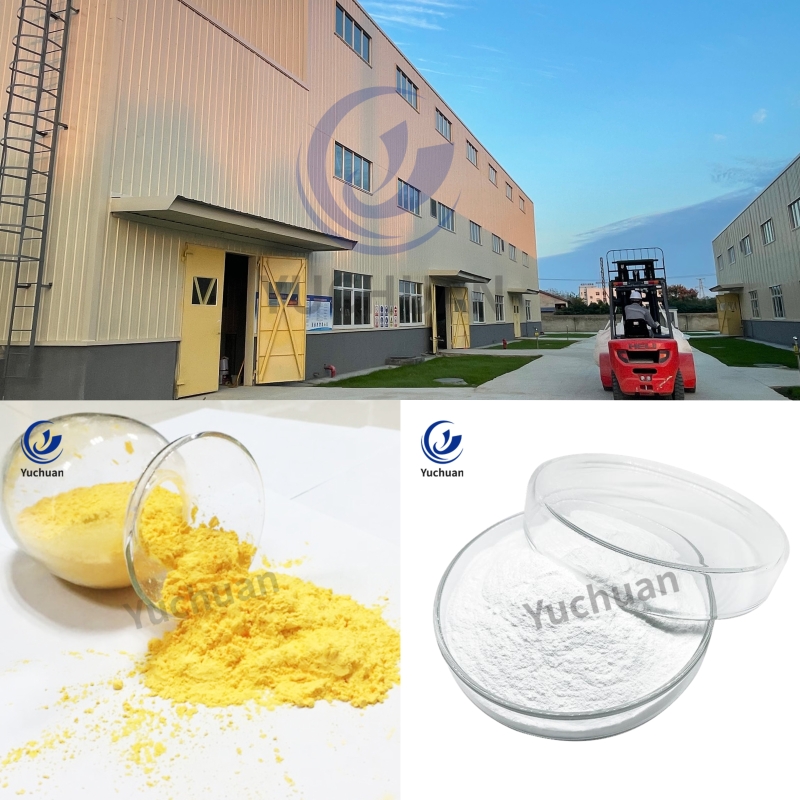-
Categories
-
Pharmaceutical Intermediates
-
Active Pharmaceutical Ingredients
-
Food Additives
- Industrial Coatings
- Agrochemicals
- Dyes and Pigments
- Surfactant
- Flavors and Fragrances
- Chemical Reagents
- Catalyst and Auxiliary
- Natural Products
- Inorganic Chemistry
-
Organic Chemistry
-
Biochemical Engineering
- Analytical Chemistry
-
Cosmetic Ingredient
- Water Treatment Chemical
-
Pharmaceutical Intermediates
Promotion
ECHEMI Mall
Wholesale
Weekly Price
Exhibition
News
-
Trade Service
The $10 trillion U.
S.
Infrastructure Act, signed by U.
S.
President Joe Biden on Monday, will boost the budget for chemicals and plastics by about $45.
8 billion over the next decade, while also driving decarbonization and clean hydrogen
.
“The Infrastructure Act provides higher budgets for many traditional infrastructure projects (roads, bridges, ports, airports, etc.
)
.
It also includes budgets for many other projects and programs, including energy efficiency, research and development, and environmental cleanliness
.
Among these budgets Most of that will increase sales of chemical products,
" said Kevin Swift, senior economist at ICIS
.
He added: "For example, the federal government's budget for electric buses will generate plastic components, battery materials and chemicals, coatings, wire insulation, polyurethane (PU) foam seats, seat covers, styrene-butadiene rubber (SBR) and other elastomers and other chemical needs
.
”
Economists note that while the infrastructure bill provides five-year funding from 2022-2026, the actual impact on the budget will stretch further to around a decade
.
Swift noted that the additional budget of about $4.
6 billion per year, on average, over a decade will be low at first, but will gradually increase in the mid-to-late period, providing a long-term benefit for the U.
S.
chemical industry
.
His analysis breaks down budgets for chemicals and plastics by infrastructure category, with adjustments for non-physical budgets such as engineering research and project management
.
Many programs also include cost-sharing elements such as grants and loans, so the amount of the federal budget is multiplied through additional funding from state and local governments and private sector sources
.
Broadband drives budget
Broadband drives budgetSurprisingly, in chemicals and plastics, broadband was the leading category generating the most additional spending, at around $11.
1 billion, generally in the form of polymer wire and cable compounds (often made of PE) and high-value electronics.
in the form of chemicals and materials such as semiconductor materials needed for infrastructure construction
.
The bill provides $65 billion to expand broadband access, especially in rural communities
.
water infrastructure
water infrastructureThe second largest category is water, which could see a $9.
7 billion increase in the budget for chemicals and plastics
.
These include replacing lead pipes with PVC, as well as water treatment chemicals and reverse osmosis (RO) membranes, often made of polyamide and polyester
.
The bill allocates $55 billion to expand access to clean drinking water for households, businesses, schools and child care centers
.
The aim is to essentially eliminate lead water pipes nationwide
.
Electric Vehicles and Recycling
Electric Vehicles and RecyclingUnder the bill, electric vehicles would get a boost from a $7.
5 billion budget to build electric vehicle charging stations across the country
.
Plastics Industry Association noted that plastic recycling will also receive $275 million in funding from the recycling infrastructure grant program created by the Save Our Oceans 2.
0 Act, as well as $7,500 to increase consumer education and participation in recycling systems.
million dollars
.
Carbon Capture and Hydrogen
Carbon Capture and HydrogenThe US Infrastructure Act also includes provisions for carbon capture and storage (CCS) and clean hydrogen
.
On the CCS side, there will be $3.
5 billion in funding for "the development of new or expanded commercial large-scale carbon sequestration projects and associated CO2 transport infrastructure, including project development feasibility, site characterization, permitting and funding for the construction phase"
.
In the bill, the United States will develop a clean hydrogen strategy and roadmap and invest $500 million in research and development and projects such as the establishment of regional clean hydrogen centers to accelerate production
.
It will also allocate $1 billion to clean hydrogen electrolysis projects, with the goal of reducing the cost of hydrogen production to below $2/kg by 2026
.







